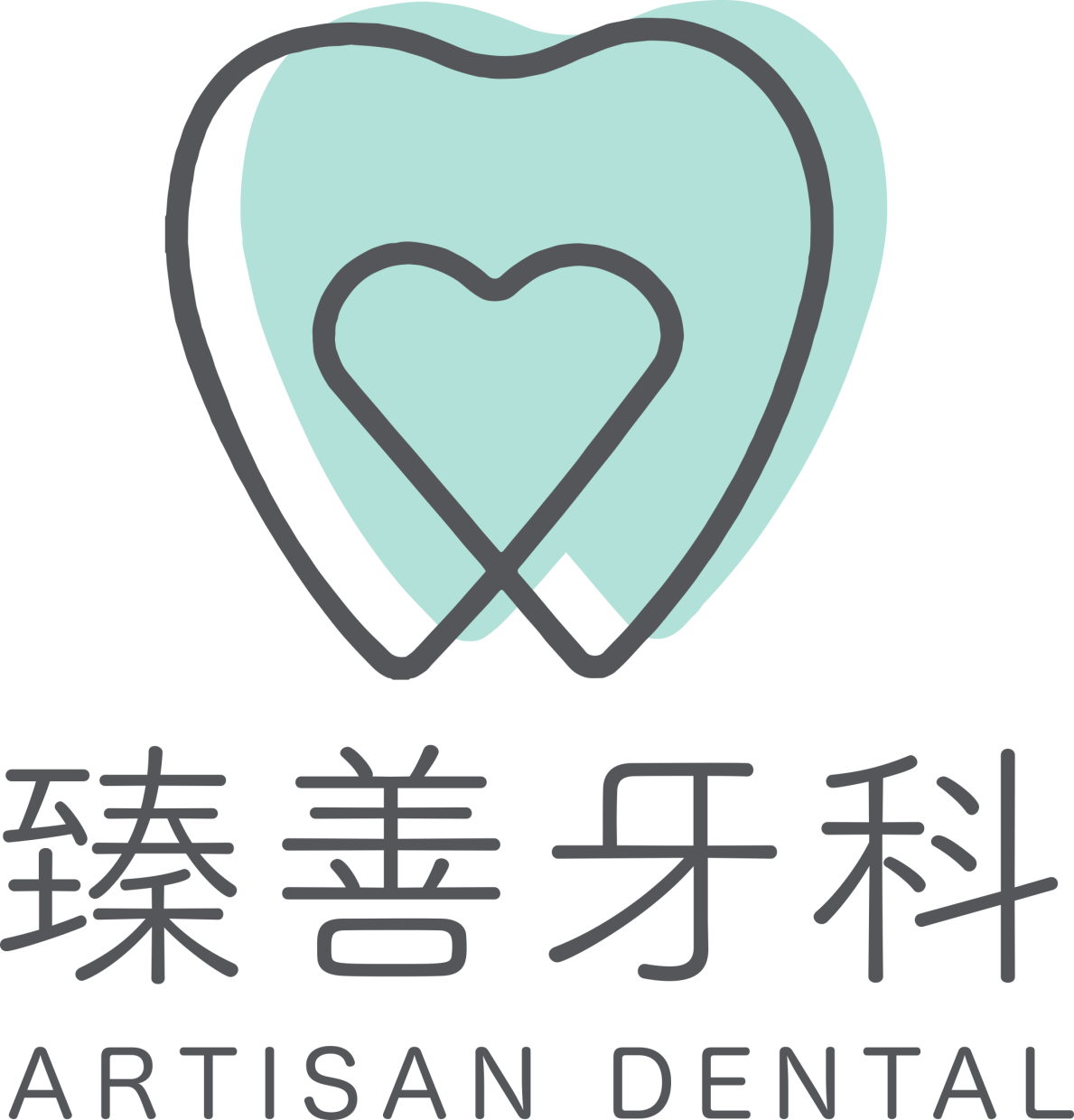Dental Bridges and Removable Dentures
If you're missing one or more teeth, you may be considering options to replace them and restore your smile. Common options are dental implants (hyperlink to implant), removable dentures, and dental bridges. Both removable dentures and dental bridges are effective options for replacing missing teeth, but they differ in a few key ways.
Here's what you need to know about removable dentures and dental bridges:
